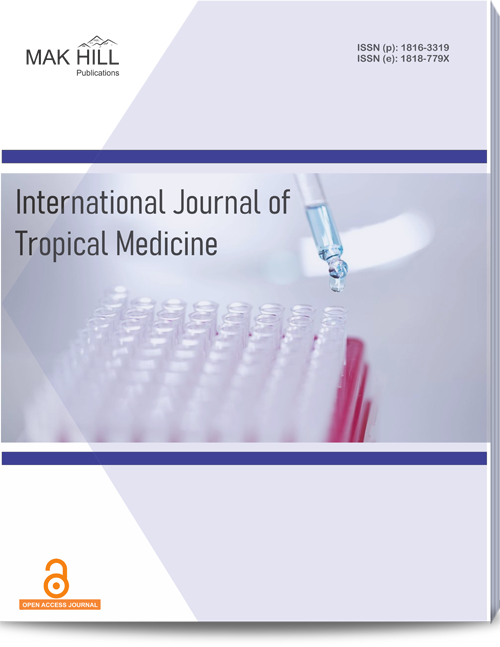
International Journal of Tropical Medicine
ISSN: Online 1818-779XISSN: Print 1816-3319
Abstract
Thyroid hormones exert considerable influence on cardiovascular structural and hemodynamic parameters, leading to various clinical manifestations in both hypothyroidism and subclinical hypothyroidism. This study aimed to evaluate cardiovascular abnormalities in individuals recently diagnosed with hypothyroidism. A cross‐sectional analysis was conducted involving 123 participants. Radio‐immunoassay was utilized to measure levels of thyroid‐stimulating hormone (TSH), thyroxine (T4) and triiodothyronine (T3). Electrocardiograms (ECGs) were recorded for all participants across 12 leads, with standardization at a paper speed of 25mm per second. A PR interval exceeding 0.2 seconds was considered prolonged, while QRS complexes less than 5mm in limb leads and less than 10mm in chest leads were categorized as low voltage complexes. Additionally, echocardiograms were performed for comprehensive cardiac evaluation, including screening for pericardial effusion and ventricular dysfunction. Predominant findings upon physical examination included skin alterations, edema, and delayed ankle reflex. Approximately half of the participants exhibited no discernible abnormalities. Notable electrocardiographic abnormalities encompassed ST and T wave changes, sinus bradycardia, low voltage complexes and pericardial effusion. Cardiovascular manifestations are less commonly associated with recently diagnosed hypothyroidism. The presence of pericardial effusion in hypothyroid individuals correlates significantly with the disease duration, underscoring the importance of prompt diagnosis in mitigating such cardiac complications.
How to cite this article:
Preeti Nigotia, Sohan Singh Mandloi, Preeti Kori and Shashank Tyagi. A Cross‐Sectional Analysis of Cardiovascular Changes in Newly Detected Hypothyroid Patients.
DOI: https://doi.org/10.36478/10.59218/makijtm.2024.1.79.83
URL: https://www.makhillpublications.co/view-article/1816-3319/10.59218/makijtm.2024.1.79.83